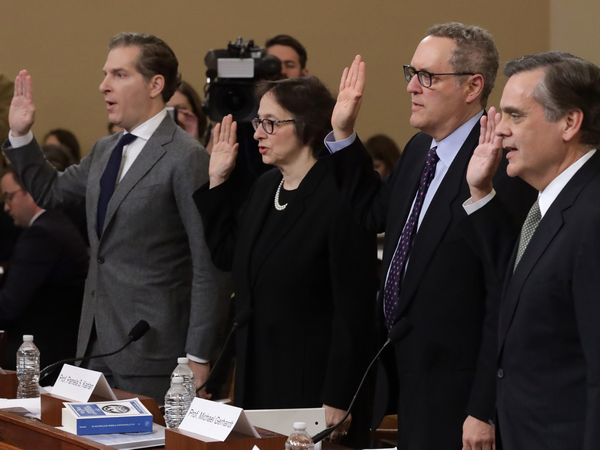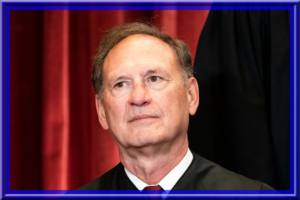
A recent Pew Research Center survey finds that only half of American adults think colleges and universities are having a positive effect on our nation. The leftward political bias, held by faculty members affiliated with the Democratic Party, at most institutions of higher education explains a lot of that disappointment.
Professors Mitchell Langbert and Sean Stevens document this bias in “Partisan Registration and Contributions of Faculty in Flagship Colleges.”
Langbert and Stevens conducted a new study of the political affiliation of 12,372 professors in the two leading private and two leading public colleges in 31 states. For party registration, they found a Democratic to Republican (D:R) ratio of 8.5:1, which varied by rank of institution and region. For donations to political candidates (using the Federal Election Commission database), they found a D:R ratio of 95:1, with only 22 Republican donors, compared with 2,081 Democratic donors.
Several consistent findings have emerged from Langbert and Stevens’ study. The ratio of faculty who identify as or are registered as Democratic versus Republican almost always favours the Democratic Party. Democratic professors outnumber their Republican counterparts most in the humanities and social sciences, compared with the natural sciences and engineering. The ratio is 42:1 in anthropology, 27:1 in sociology and 27:1 in English. In the social sciences, Democratic registered faculty outnumber their Republican counterparts the least in economics 3:1. The partisan political slant is most extreme at the most highly rated institutions.
[…]
See Also:
![]()







